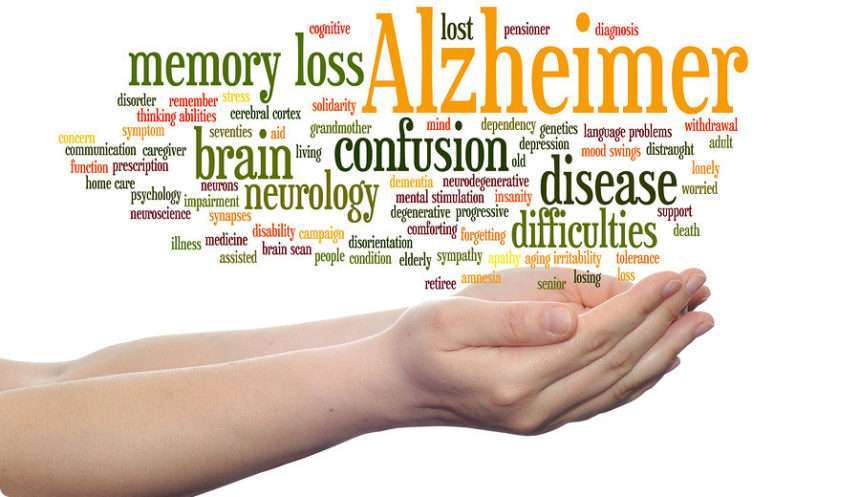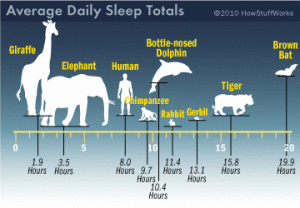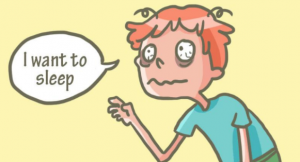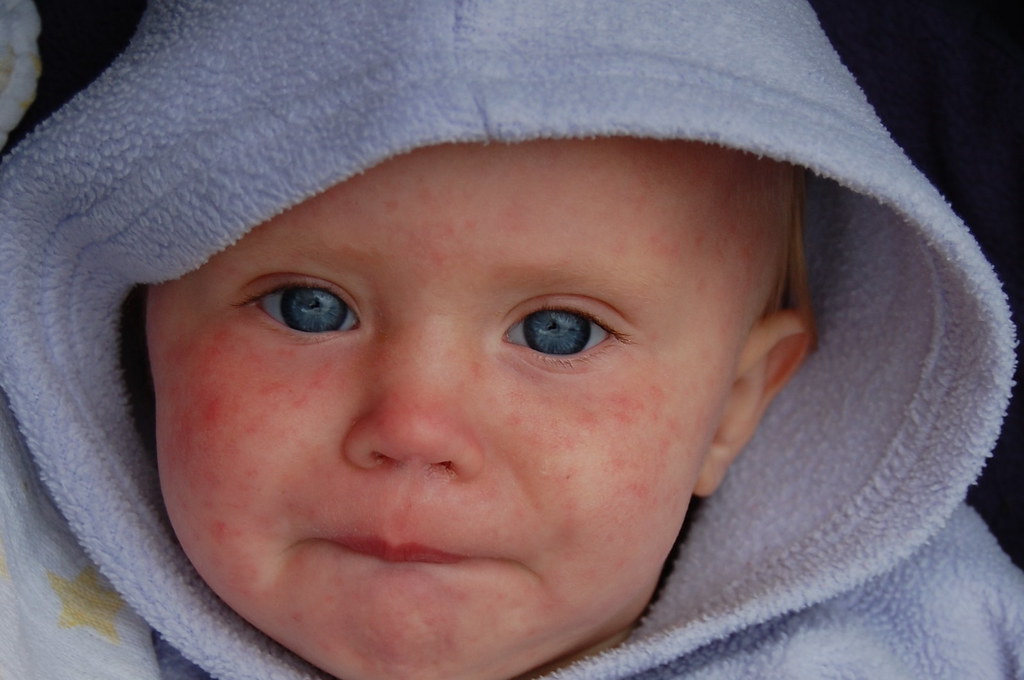We always see birds flying around, but have you actually ever paid attention to what they are doing?
Recent research into bird behaviours has yielded some interesting observations. One such observation is a behaviour that birds in Central and South America displays. This behaviour is called “coordinated misdirection.” Coordinated misdirection was first observed by Alexander Skutch in the 1950s, but it wasn’t until recently that Eric Gulson-Castillo, Harold Greeney, and Benjamin Freeman furthered the study of the behaviour.
Image of a bird resting on top of its nest. Image from https://www.maxpixel.net/static/photo/1x/Feathered-Nature-Finch-Bird-Nest-1721311.jpg
What is coordinated misdirection?
Coordinated misdirection is coordinated diversion method employed as an anti-nest predation behaviour that is performed by a pair of birds. Prior to entering the nest, the two birds would perch around the vicinity of the nest. The birds would then fly towards the nest parallel to each other. As they get to the nest, one of the bird would fly into the nest while the other would proceed to make a diversionary trajectory that catches a predator’s eyes. The birds would later reunite on a perch somewhere else. The nests of these birds are typically dome shaped or hidden in crevices on mountain sides or in trees. This is so that there is more coverage over the nest and that there is only one entrance to the nest, therefore when the birds do this behaviour the nest would be much more easily concealable.
A dome shaped nest with a bird resting on it. Image from https://www.maxpixel.net/static/photo/1x/Bird-Nests-Feathered-Bird-Swallow-1700031.jpg
Why is this important?
Birds from around the globe would often use different behaviours to distract or fool predators so that their nest would have a higher surviving chance such as the broken-wing behaviour. This behaviour is similar to coordinated misdirection since they are both distraction behaviours that the birds would display to try to lead the predators away from their nests thus allowing the eggs to have a higher survival chance.
Toucans are one of the main nest predators in the Tropics. Image from https://www.maxpixel.net/static/photo/1x/Jungle-Keel-Billed-Toucan-Costa-Rica-Forest-1080724.jpg
One disadvantage about these displays is that it would typically only be useful for predators that use their vision such as monkeys or toucans. Therefore in essence, it is completely useless for predators that uses other ways to find nests such as snakes that uses scents.
In our interview, Dr. Freeman said:
“Behaviours that birds will do to protect their eggs and babies are much broader than previously thought”
This tells us that there are still a lot more that we can study from birds and that it would take a lot more effort to understand the effects and causation of a bird’s behaviour.
Nest predation will always be a main concern for birds. Consequently as time goes by, birds will evolve even better ways to prevent nest predation.
Group 4
Gloria Chan, Riley Cox, Fan Feng, Jonathan Kraft






















